Spotted: a Renault 9 GTL
On a cold winter morning in Amsterdam, we still get a summer vacation feeling for a moment. In a parking lot, in fact, is a Renault 9. A car you really only encounter when traveling to a warm, southern place. We can’t even remember the last time we encountered one in the Netherlands. So we have to make a photo stop for that!
The spotted specimen
To be precise, we see here a Renault 9 GTL of facelift model year 1987, the last model for Europe. Aside from the flat rear tire, this one still looks very good. The amount of street dirt and weeds around the car does suggest that it has been here for some time. Street View images confirm this, as images from last August show it here as well. Then even with air in all tires.
What also stands out is the license plate, a French vintage license plate of the retrofitted variety. Surely that suggests that the car belongs, or has belonged, to an enthusiast. Why the (perhaps fairly recently imported) Frenchman has been sitting like this at a Dutch garage for months can only be guessed at.
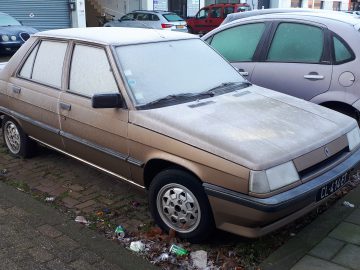



About the Renault 9
The Renault 9 forms twins with the Renault 11. It is actually one car, the four-door sedan version of which was called Renault 9 and the three- and five-door hatchback went through life as Renault 11. The Renault 9 entered the market first, in late 1981. Still in time to enter the 1982 Car of the Year election … and win it! The Renault 11 was added to the lineup in 1983.
The R9 and R11 filled the gap between the Renaults 5 and 14, but were also immediate replacements for the latter. Both cars were designed by the famous Robert Opron. Since the rounded design of the R14 was not appreciated by the public, he instead chose a very clean, traditional design for the Renault 9 and 11.

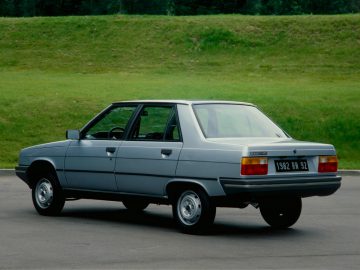
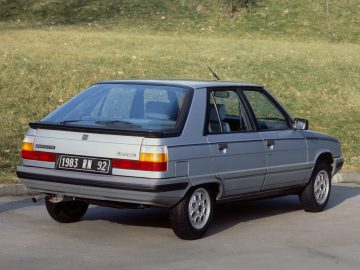
The technology of the Renault 9
Underneath the traditional look, though, was modern technology. Thus, the compact Renault already had modern front-wheel drive and a transverse engine. In the early 1980s, this was not a given. The Renault 9 was also the first car in its class to feature an on-board computer with voice announcements.
The engine lineup at introduction did consist of relatively old engines with 1.1- and 1.4-liter displacements. In 1983 a modern 1.7-liter engine was added, developed in cooperation with Volvo. During the course of production, the entire engine lineup consisted of modern engines with fuel injection and a bit more power. Speaking of power, the Turbo versions provided sportiness.

Different facelifts for Renault 9 and 11
So although the R9 and R11 were actually the same car, they were positioned as separate models. The facelifts for both models did not run concurrently, either. Thus, for the 1986 model year, the Renault 9 received the front end that the Renault 11 had from the beginning. Although, some trim levels kept the original front. The R9 and R11 were also different in dashboard design. The facelift for model year 1987 did get both models at the same time.
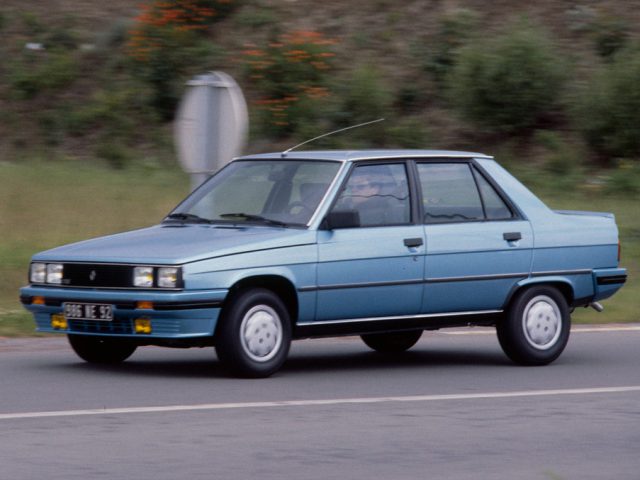

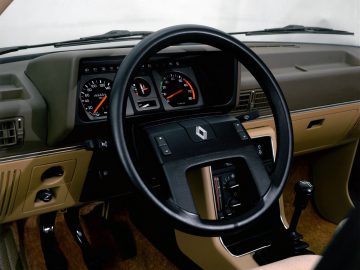
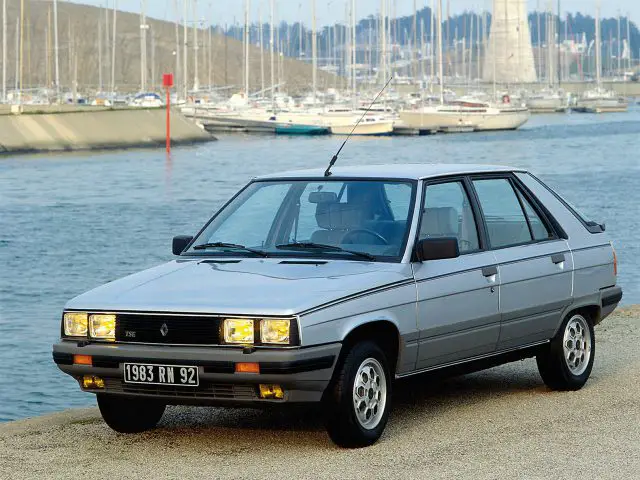
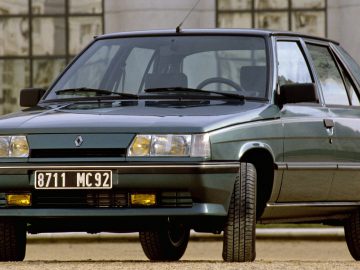

One successor for Renault 9 and 11
European production ceased in 1989. The models were then finally succeeded by the Renault 19, introduced a year earlier, which again came as a sedan and hatchback.
Careers outside Europe
The Renault 9 and 11 also had careers outside Europe. Thus, through a partnership with AMC, the car was also delivered in North America. With some external modifications to comply with bumpers and lighting regulations there, the R9 and R11 were sold there as the Alliance and Encore, respectively. What was special was that the Alliance was also available as a two-door sedan and even convertible, body styles that were not available outside America.
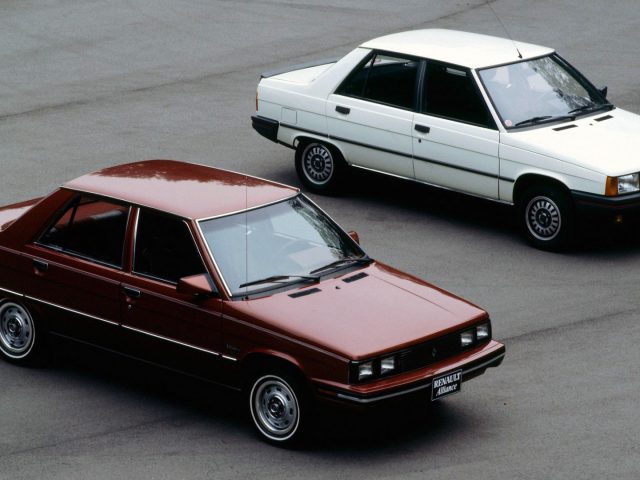
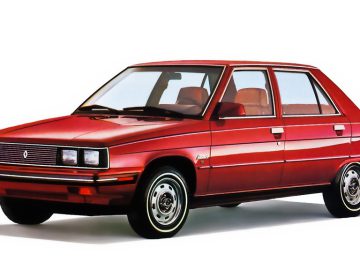
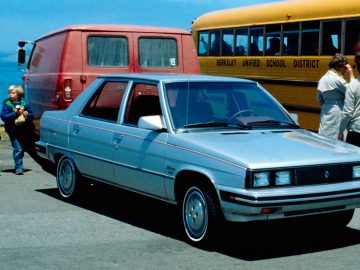

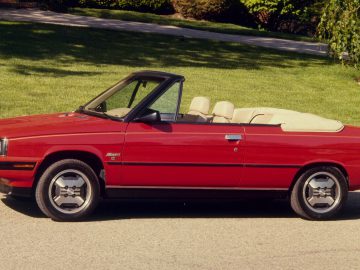

Turkish Renault 9 (and 11)
The Renault 9/11 was also on the price lists in South America and some Asian countries. The car was also produced locally there. Those versions barely deviated from the European model. It was different in Turkey, which produced the car for North African markets. Initially, Turkish production followed European production, with the main difference being that facelifts were implemented later.
However, the Renault 9 in particular was so popular in North Africa that Turkish production continued until 2000. Before that, the model underwent a final, market-specific facelift in 1997. However, the Renault 11 received that facelift as early as 1993, and Turkish production of the hatchback stopped as early as 1995.

